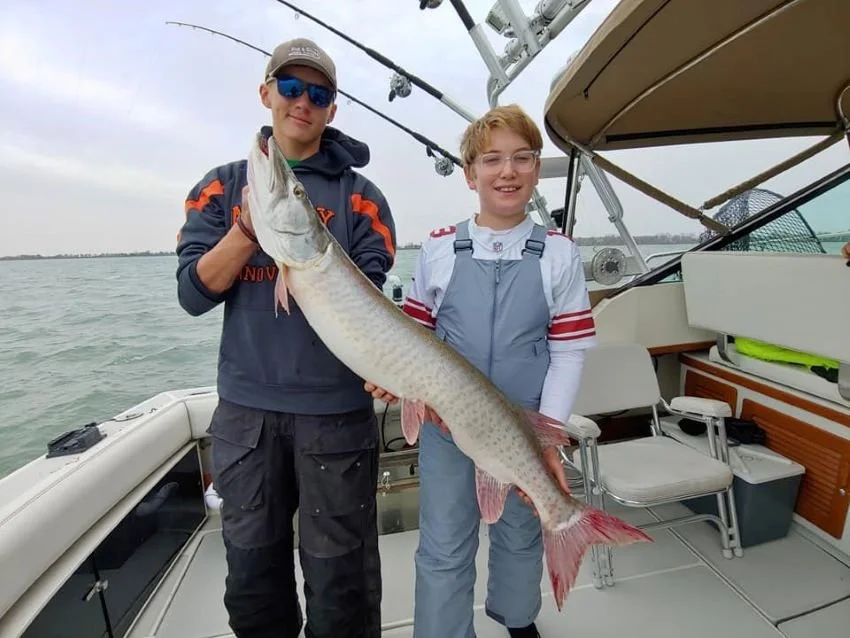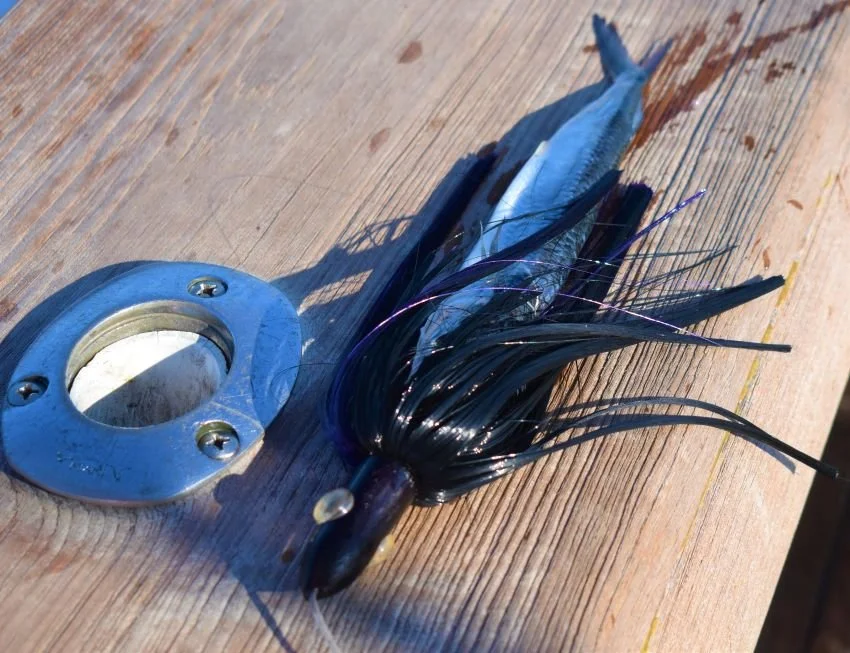In Defense of Trolling
Many of my hard core bass angler friends consider trolling to be a form of cheating or giving up. “It’s just like fishing off a bridge,” one of them told me, “Except the bridge is moving.”
I used to think that way, too. I was a casting-only snob. However, as I’ve expanded my horizons – through a now-decade-long multispecies obsession – I’ve come to appreciate that trolling can be every bit as skill-based and sporting as casting. If you’re in the boat that I used to occupy, I may never be able to convince you otherwise, but I’m going to take a stab at it here. If you open yourself up to the technique, you may catch more fish, bigger fish, greater variety, and have more fun doing it. Here’s why:
Locate Fish
Over a decade ago I was covering a Bassmaster event at Kentucky Lake while the FLW Tour was starting their practice period. It was summertime and the bass were mostly out on the ledges (recent Redcrest champion Bobby Lane won on a swimbait offshore). My boat driver and I noticed that several of the FLW competitors were not graphing or casting, but rather trolling down the ledges with crankbaits. My understanding is that was not against the rules at the time, that they could only cast (not troll, or “stroll”) during tournament hours, but that no such limitations existed on practice day. This way, they could find fish, find shell beds, and eliminate unproductive zones. It was actually quite brilliant.
The same rationale applies in the ocean which, in case you haven’t noticed, is quite large. Yes, if tuna are breaking the surface you can see them with your eyes or with your radar, but otherwise there’s lots of space to eliminate. Looking for sailfish off Guatemala? This not only allows you to cover water, but might even serve as an attractant – the shade and vibrations created by the boat might actually draw fish in that you might otherwise miss by hundreds of yards or more.
Get a Rest
On our two peacock bass trips to the Rio Negro region of the Amazon, we spent most of our time casting, and much of that time was spent throwing the big prop baits. Yes, seeing a peacock explode on the “Chopper” is just about the most fun you can have with your clothes on, but it’s also exhausting. It’s typically best during the hottest part of the day and usually only works if you rip it violently and non-stop. Even when fishing a swim jig or a jerkbait, the peacocks tend to be most responsive if you use frantic and high-speed retrieves. That’s exhausting, even if you’re in peak shape. If you want to be at your best during peak hours, it pays to conserve energy. One way to do that is to troll. We spent short periods each day with our heavy-duty swim jigs out behind the boat, being dragged along, until suddenly our drags started screaming. We caught several teen-class fish this way, and also had some doubles. Furthermore, it allowed us to fish effectively in areas that were not open enough for two anglers to cast. It was a win-win.
Get Someone Inspired
Three years ago in October my brother and I traveled with my then-10-year-old nephew and his friend to Detroit for a football game. Hanna and I had been there several times before to fish for muskies, both casting and trolling. Hanna had also taken a group of her female friends there for a springtime combo walleye-and-smallmouth trip. My nephew had not fished before, and I figured that one way to get him excited about the sport would be to have him catch his first musky. Unfortunately, I knew that a novice angler weighing less than 100 pounds had no chance of being effective throwing the 16 ounce “pounder” lure that the guides up there rely heavily upon. Even the smaller, 11-ounce version, wasn’t an option. By taking him trolling, however, there was a pretty good chance that he’d get to reel in what for many anglers would be the fish of a lifetime. Indeed, his first one was a 46-inch brute. Whether someone is limited because they’re small, disabled, uncoordinated, or just a novice, trolling can light the fire of interest.
Not as Easy as it Looks for Captains
When we go to Guatemala or St. Clair, there are often multiple boats trolling in the same general vicinity. Nevertheless, certain captains and certain boats consistently produce more verifiable fish than others. It’s not that they have different equipment or secret lures – in most cases they’re all using the same basic tackle – but rather that they know the little intricacies that make big differences. That could be line size or trolling speed or trolling patterns. It could be how far back they put the baits or the teasers. There’s much more science to doing it well than initially meets the eye.
Not as Easy as it Looks for Anglers
Purist casters may believe that in some cases trolling doesn’t require any skill on the part of anyone other than the captain, but I’ve seen firsthand that’s not the case. Yes, when we go to Guatemala you can let the mate/s on the boat do all of the bait-and-switch, in which case you just reel the fish in (which can be a challenge of its own). However, part of the fun and challenge is learning to do that part of it yourself, even if it means catching fewer fish. You have to learn how to spot the fish in the spread, and then pull your bait forward or drop it back to the appropriate spot. If and when the billfish grabs it you have to let him hold it without being felt, and then tighten up at the appropriate time. In the heat of the moment it can be an absolute fire drill – and when you figure it out and succeed it’s just as satisfying as casting to any fish.







